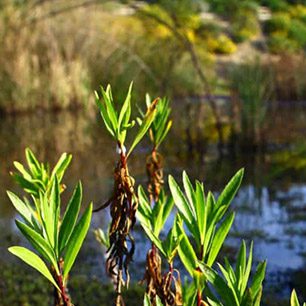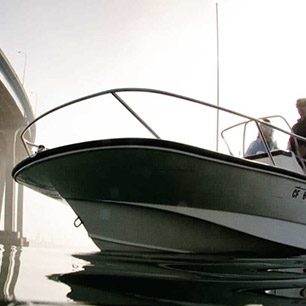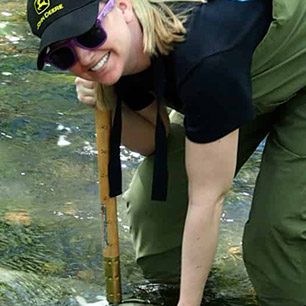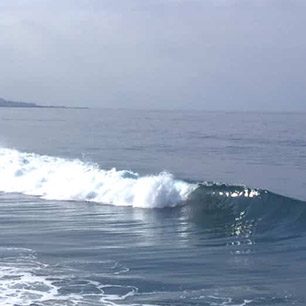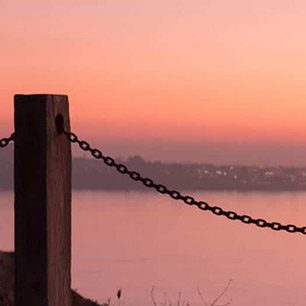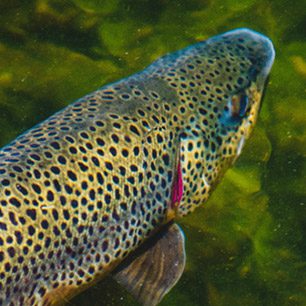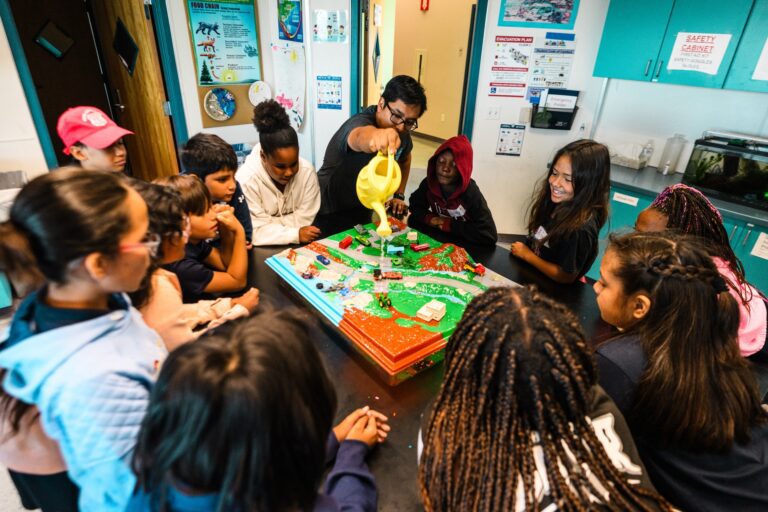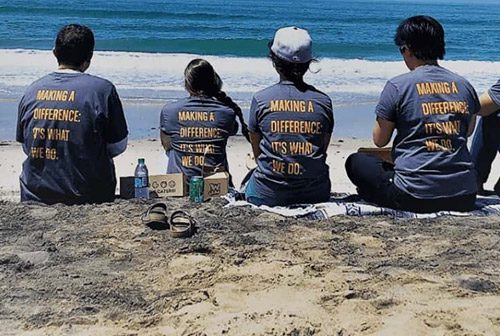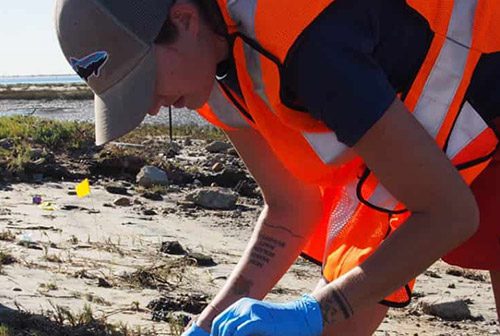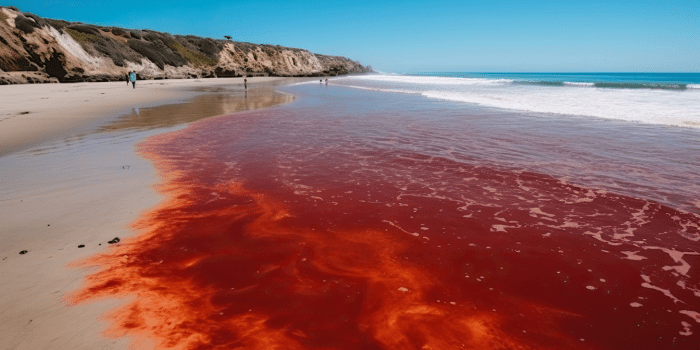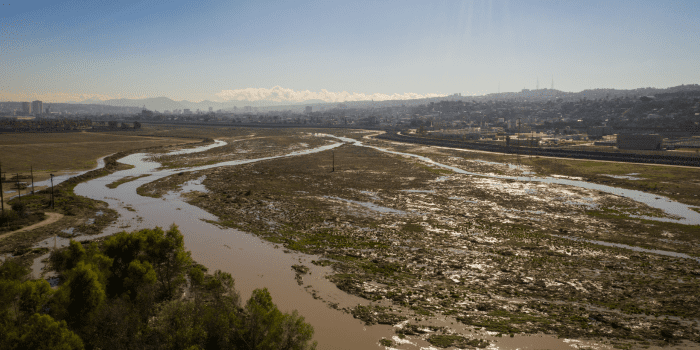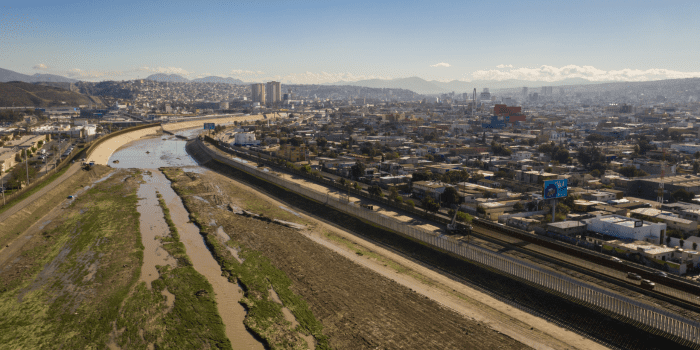

1. Know your marine protected areas. By knowing where you can and cannot fish (and for what), you are not only avoiding receiving a hefty fine, but you are respecting the science behind marine protected areas and giving fisheries and ecosystems a chance to rebound and thrive.
2. Know your limits. Size and catch limits are in place for a reason – they pertain to a given population’s ability to reproduce and sustain itself. Don’t stretch these rules to serve yourself.
3. Know how to use your gear. Not only will you be a safer and more effective fisherman or woman, but you’ll prevent unnecessary injury to habitats and non-target species.
4. Practice catch and release. Make sure you only take enough to feed yourself and your family, and learn proper release techniques to increase your fish’s chance of survival. Release isn’t a sustainable practice if the fish ultimately dies from rough or improper handling.
5. Use a descending device. If you’ll be fishing in deep water and plan to release your catch, use a descending device to release the fish at depth. Fish that live at depth control their buoyancy with a swim bladder, and when the fish is caught the bladder over-expands on the fish’s rapid ascent, making it impossible for the fish to swim down after release. A released fish with an over-inflated swim bladder that is not returned to depth will float off and die on the surface.
6. Learn to fly fish with Golden State Flycasters. Think you have to live in Montana to don some waders and find zen (and dinner) in a winding river? Think again.
7. Fish Lake Cuyamaca. Want to pick up fishing but intimidated by the idea of facing the ocean to do it? Trout, bass, and catfish await in Lake Cuyamaca, and if you don’t have any luck, you’re just fifteen minutes away from some Julian and some conciliatory apple pie.
8. Get to know your local fishmonger. Supermarkets don’t always know much about the fish they sell, so take your appetite and your money to someone who does. You are more likely to get an honest, well-informed answer from someone with a closer relationship to the fisherman, and fresher seafood to boot!
9. Try something truly local. Octopus and sea urchin are both fished right here in America’s Finest City, then shipped off to Asia because there’s not much market for them here. We, in turn, buy seafood from far-flung seas to feed our appetite for well-marketed fish like tuna and salmon. With a little boldness and some creativity, perhaps we could harness our inner urchin-lover and help cut back on unnecessary carbon emissions all at once.
10. Eat low on the food chain. This applies on land as well as in the sea, but it’s an easier concept to grasp when we’re talking about a deer and tigers than tuna and sardines. In general, try to avoid large, predatory fish like tuna, swordfish, and sharks, which not only carry high levels of heavy metals, but are slow to reproduce. While you’re at it, support restaurants that support sustainability. Carry a Monterey Bay Aquarium Seafood Watch Guide or download the App.
